Gathering Downstream
May-November 2022
Gathering Downstream is part of the Unintended Consequences program and was commissioned by FutureEverything for NT Quarry Bank, Cheshire.
Unintended Consequences, part of Trust New Art, the National Trustís programme of contemporary arts, supported using public funding by Arts Council of England and produced with support from Arts&Heritage. Led by FutureEverything, with new commissioned work by artist Jen Southern.
Video links
The Great Beech - A timelapse from May - Sept
Machine Learning Videos trained with images from Quarry Bank landscapes and archivesMoss and Lichen and pages from a wages ledger
The rising and falling River and a 18th C textile pattern book
Meadow seeds growing and a mill production ledger
Red sandstone rocks & local maps
Participatory Machine Learning - using photographs of clothing taken during the exhibition
What can humans and machines learn about the impacts of climate crisis and ecological emergency from the trees, meadows, rocks, river, mosses and lichens at Quarry Bank?
Gathering Downstream is an artwork by Jen Southern that unfolds through five films created with machine learning technology. She has worked with Clare Brown, Katharine Cook, James Firth, Colin Gorner, Suzanne Kellett and Ally Tsilika at Quarry Bank to gather thousands of images from across the estate and archives to train this technology. Participants could also contribute photographs to collectively change future versions of the films, a form of 'participatory machine learning'.
The artwork explores the legacy and impact of the industrial revolution, and its often exploitative links with the surrounding landscape. The installation gathers together the movement of plants, rocks, people and machines, through their relationship to water, from the river and damp air that brought both mossy abundance and Samuel Greg (1759-1834) and his cotton mill to Quarry Bank, to the drought and flooding that are two of the biggest global impacts of the climate crisis.
In the films the human-made, machine-made and natural are interwoven, intimately entangled and inseparable. As they struggle to co-exist they are teeming with human and non-human life, and each could overwhelm the other. With their lives so closely connected, the work suggests an urgency to act now to care for our collective futures.
The videos in this exhibition were made with machine learning software trained with thousands of images of Quarry Bank landscapes, archives and maps. What you see are not photographs, but images generated by the software. The videos combine natural features with reminders of past exploitative practices: records of production and profit, ledgers documenting names and low wages, a textile pattern book that was used to sell fabrics in North America and maps of land use from geology, tree cover and agriculture to the airport today. Looking over it all is a timelapse video, capturing the daily life of a beech tree that has been here since Samuel Greg arrived, witnessing everything from the industrial revolution to climate crisis.
400 Meadow Planting kits were given out through 6 planting demonstrations. The kit contained a biodegradable seed tray, peat free compost, a small paper envelope of meadow seeds similar to ones used to replant meadows on the Quarry Bank estate, and riso printed instructions using soy based biodegradable inks.
In the exhibition where possible we have: reused existing display cases, walls, projectors, and cameras, and used fabric made in museum demonstrations, paper rather than vinyl plastics for signage and biodegradable inks for printing.
This project has been underpinned by research from the University of Manchester - with archival research supported by the John Rylands Research Institute - with special thanks to:
Dr Joanne Tippett, Senior Lecturer in the School of Environment, Education and Development and co-creator of RoundView,
Fraser How, Co-creator of RoundView, How Creative
Jamie Farrington, PhD Researcher in History and Biological Sciences
Aneurin Merrill-Glover, PhD Researcher in History
Matthew Sanderson, PhD Researcher in Planning and Environmental Management

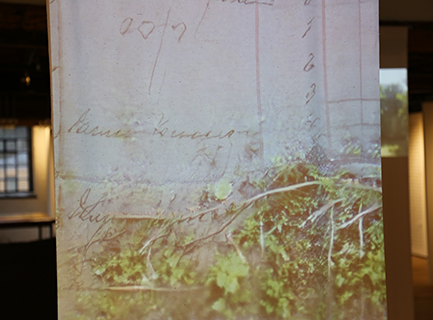
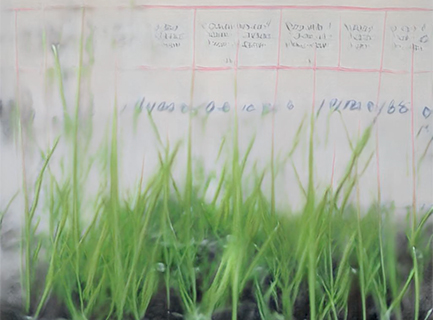
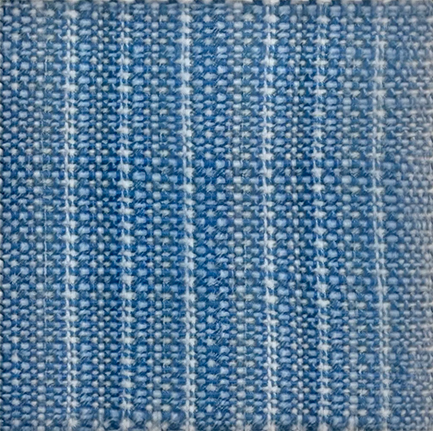
River

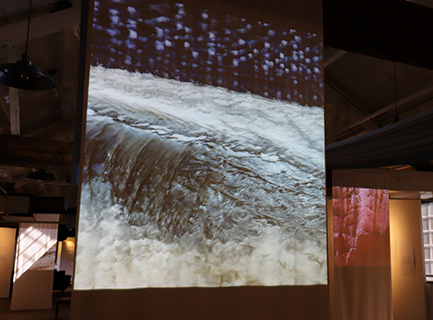
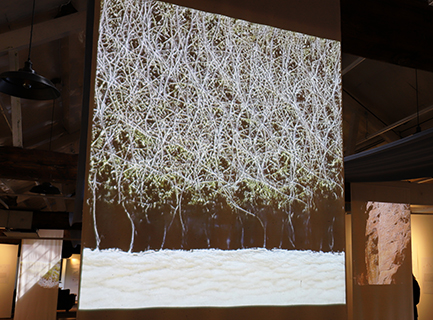
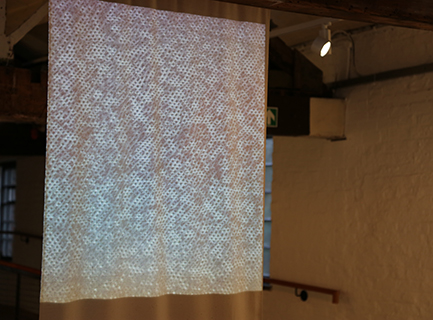
Rock
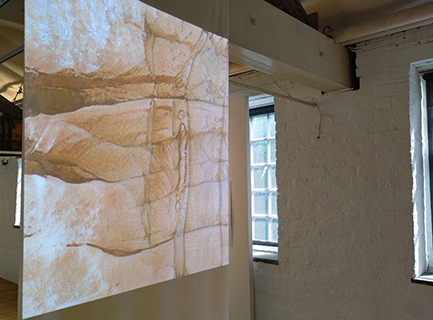
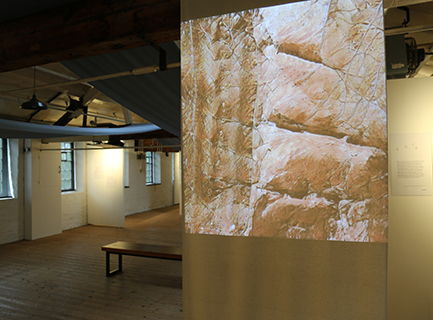
Grass

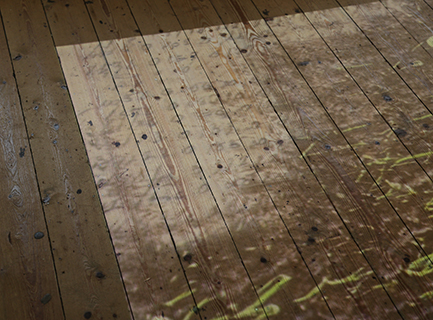
Moss & Lichen
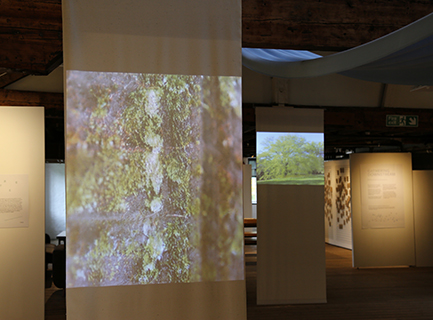

Tree
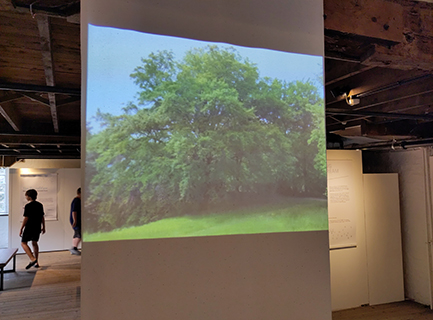
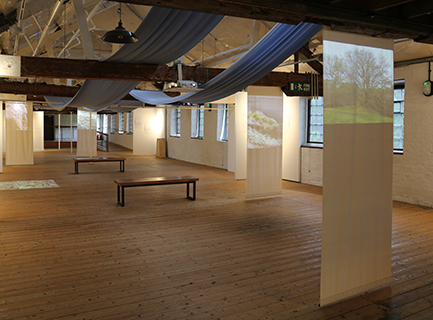
Tree Camera
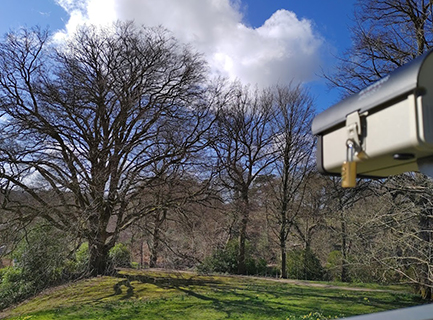
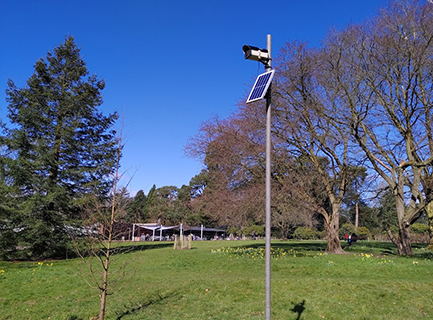
Meadow Growing Packs
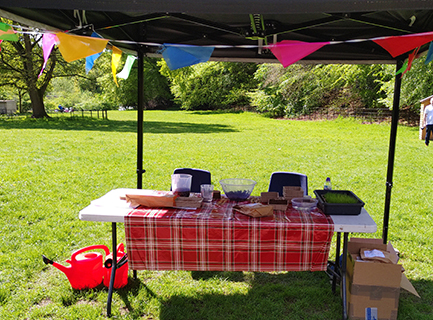
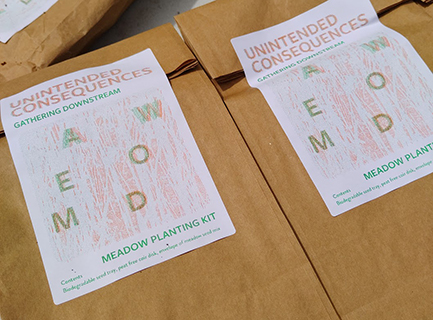
![]()
